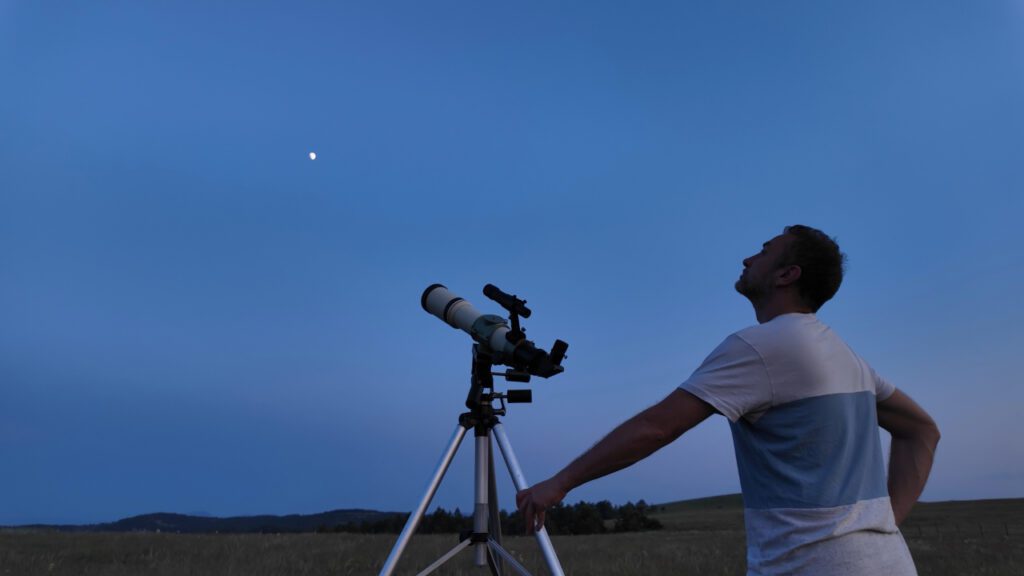On the evening of August 11, there’s an excellent opportunity to view both the moon and Saturn, with the moon positioned just above Saturn, making it easier to locate the planet. While Saturn appears as a bright star with a yellowish glow, the moon is about 89% illuminated, enhancing its visibility and detail, especially along its terminator where craters cast long shadows.
For optimal viewing, it’s suggested to use a telescope with at least 30x magnification to see Saturn’s iconic rings, which are currently tilted towards Earth. Specific magnification recommendations are provided based on telescope size, with peak viewing at around 12:30 AM local time for the clearest images.
A fun fact to share is that while the moon and Saturn may appear close in the night sky, they are vastly distant in reality, with the moon about 230,000 miles away and Saturn over 816 million miles. Joe Rao, an astronomy instructor, emphasizes the beauty of this celestial event and encourages viewers to enjoy the experience.
Source link


